BY-Rajeev Choudhary
History is made and gets spoiled, claims and discoveries are made and then it is presented in different ways. Similarly, today these Romani nomads are called the people who came to Europe from India, not only they are called that but they are also considered untouchable there. But is it true? Is it possible that when Christianity was being established, their history was being destroyed?

Understand the story: A research paper is published in a magazine named Current Biology. In which it was claimed that the roots of Roma communities are in India, which started a thousand years ago, that is, these people had left India 1500 years ago. Another claim is that in the beginning of the eighth century, when Muhammad bin Qasim crossed the Indus River and attacked the Sindh and Punjab areas of Western India. Due to these attacks, there was major devastation in the region of Sindh and Punjab and massive loss of life and property as well as displacement of people, then these Romani people migrated to Europe.

The third claim is that the people who reached Europe from Rajasthan Sindh due to the attacks of Ghaznavi Ghori are Romani. Historians believe that the Romani people were mainly craftsmen and artists, who were engaged in blacksmithing, carpentry, leather work, caring for animals, especially horses, and fortune-telling. Besides, he was also adept in arts like dance, music, painting, cloth weaving and dyeing. In such a situation, his skills were very valuable. People doing this type of work were present in all areas of India, so if they went east or south, they had to face competition. So the Romani people moved further west…

Initially, the Romani community was seen as a very different and mysterious community in Europe for a long time. Regarding their place of origin in medieval Europe, it was said that they were natives of Egypt, hence they were also called Gypsies. But during the 18th and 19th centuries, when research was done on the language of the Romani people, it was found that their origin was in Western and Central India. Later in the 20th century, this was confirmed through DNA and genetic research.
But the matter was still pending and the question remained that how and why did these people reach there? The answer to this was that in the beginning, when large parts of Persia i.e. Iran and India were captured by Islamic robbers, Jizya tax was imposed on non-Muslims because loot and Jizya were the only two means of earning in early Islam till the middle of the 8th century. In the Umayyad Empire, only 8 to 10 percent of the people converted to Islam and the rest had to pay Jizya tax. Also, due to the Abbasid rebellion in Persia in 750 AD, the Umayyad Empire collapsed, the situation worsened and the Roma and Sinti people moved towards Armenia in West Asia.

Ok, it is accepted that this can happen..but the question remains, how did you call it Romani or Sinti? How did they spread in Europe? When the researchers examined their language, there were almost no Persian words in it, but many words from the Armenian language were found in their language. It was then said that Armenia was ruled by the Byzantine Empire at that time, who were followers of Christianity, and they They gave shelter to the people but these people were called ‘Athingani’ (untouchable). Although their art and skills were accepted by the local people, their unknown religious customs and traditions were not liked by the Orthodox Church there. Due to this, these people started being persecuted here too, after living here for almost 200 years. Later, in the 10th century, the Romani people migrated again and reached the Balkans (the region of Russia, Yugoslavia and Ukraine) and peninsular Greece of frontier Europe. By the middle of the 14th century, the Sinti people had also settled in Germany, France, Italy and Spain in Europe.
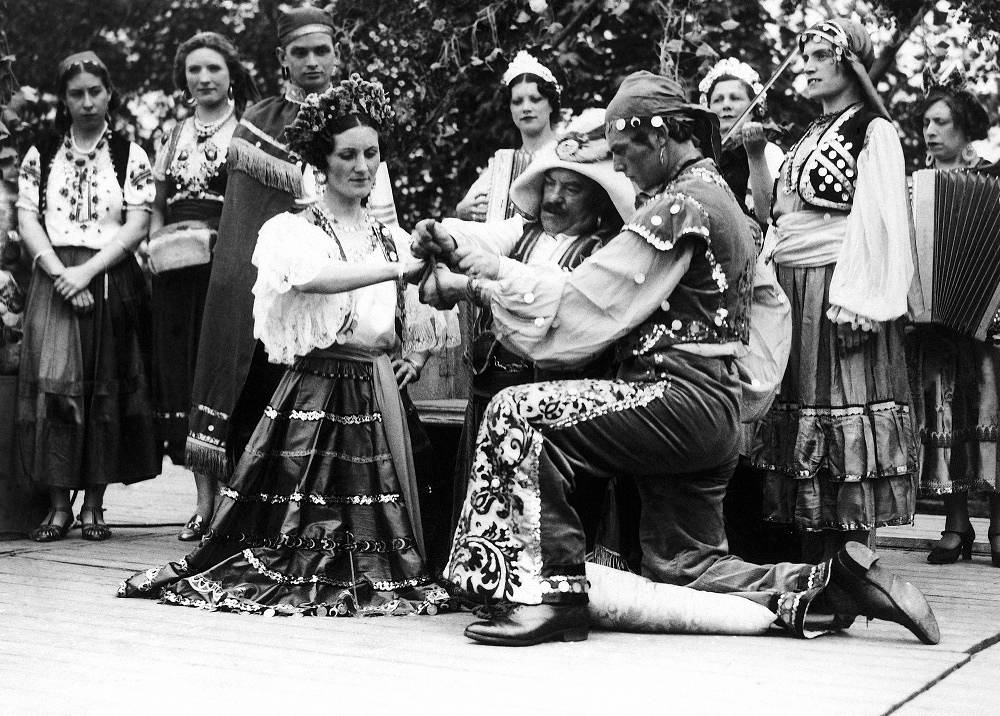
This was the story of the Romani people reaching Europe, but it was not that they were treated very well there. Not only were the Romani people different in appearance, their way of life, clothing, religion, and customs were also different from the European community. Due to their traditionally nomadic lifestyle, the Romani people were often viewed with suspicion and discrimination was common.
Romani people were persecuted on a large scale in Europe, and their buying and selling as slaves was common. A document from 1385 still exists that confirms the gift of 40 Roma families as slaves to a Christian monastery in Wallachia (a region in present-day Bulgaria) in Eastern Europe. During the reign of Queen Maria Teresa of the Austrian-German Empire (1740–1780), children from the Romani community were given to non-Romani families. In the 17th and 18th centuries, ‘Gypsy Hunting’ was prevalent in many areas of Switzerland and the Netherlands, which came under the Austrian-German Empire. In 1725, King Frederick William I ordered the hanging of all Roma people above 18 years of age. A decree was issued, moreover, a reward was given by the king to anyone who brought back the head of a Romani. In this way, efforts continued to completely exterminate the Romani people from Europe. Not only this, the skill of the Romani people in making iron tools gave tough competition to the Europeans, the skill of the Romani people made the local Europeans feel economically insecure. Because of this, many rumors were spread about him, it was said that the nails used to crucify Jesus Christ were made by Romani blacksmiths. In this way, efforts were made to show them as enemies of Christianity. During World War II, it was not only the Jews whom Hitler wanted to exterminate, in his list the Romani or Gypsy people were also given as much priority as the Jews. It is estimated that approximately 5 to 8 million Romani people lost their lives in the death camps of Nazi Germany. Its biggest impact was on the Romani community, today their number has reduced to only 2 lakhs left in Europe.

In medieval Europe the Romani people were seen as the enemies of religion, while in post-Industrial Revolution Europe their nomadic lifestyle was seen as the enemy of progress…
Now after hearing all this it seems that the Romani community went from India to Europe and became a victim of oppression. But still some questions remain in this. And you understand the question with an example. Look at this picture. This picture is of the original inhabitants of Australia, the tribal people of Australia. These people had been living there for thousands of years, but in the 18th century, European colonization had a serious and lasting impact on these communities. People from Europe created colonies there and enslaved them. Today only three or four percent of their number is left. In the future, Some researcher’s letter will come in which it will be said that these people reached Australia sitting on the trees cut from Africa and settled here in the forests and then some DNA report will claim that they are African in origin…

The reason for giving this example is only to see whether the natives of Europe have been romanticized today, think about it, let us investigate the history of Europe before Christianity and it comes out that before Christianity, the people of the Celtic community were of the Pagan community. Were spread throughout Europe. These people used iron tools and weapons. Among them there were some skilled farmers, some good traders and everyone from warriors to priests. Their homeland extended from Ireland to Germany. Swastika was their auspicious symbol. Like it is with Hindus even today. To understand this, an article ‘The Religion of the Dudes’ by Subhash Kak living in London is enough. Subhash Kak wrote after his research that there are many deep connections between the Celtic society and India. For ancient Celtic societies, Danu was the mother goddess, and she is the daughter of the Hindu god Daksha Prajapati. The Danu is still remembered in the name of many of the great rivers of Europe, such as the Danuvius, the Great Danu, or Rhone. Also ancient Celtic astrologers used a similar system based on twenty-seven lunar mansions, called nakshatras in Vedic Sanskrit. Not only this, Peter Beresford Ellis, one of Europe’s leading experts, has written how modern research has revealed amazing similarities between the ancient Celt and Vedic culture. The priestly caste of the Celts, the Rudids, and the priests of the Vedic culture were the same. Apart from this, Sanskrit magazine has also published it in the name of The Celtic-Vedic Connection.
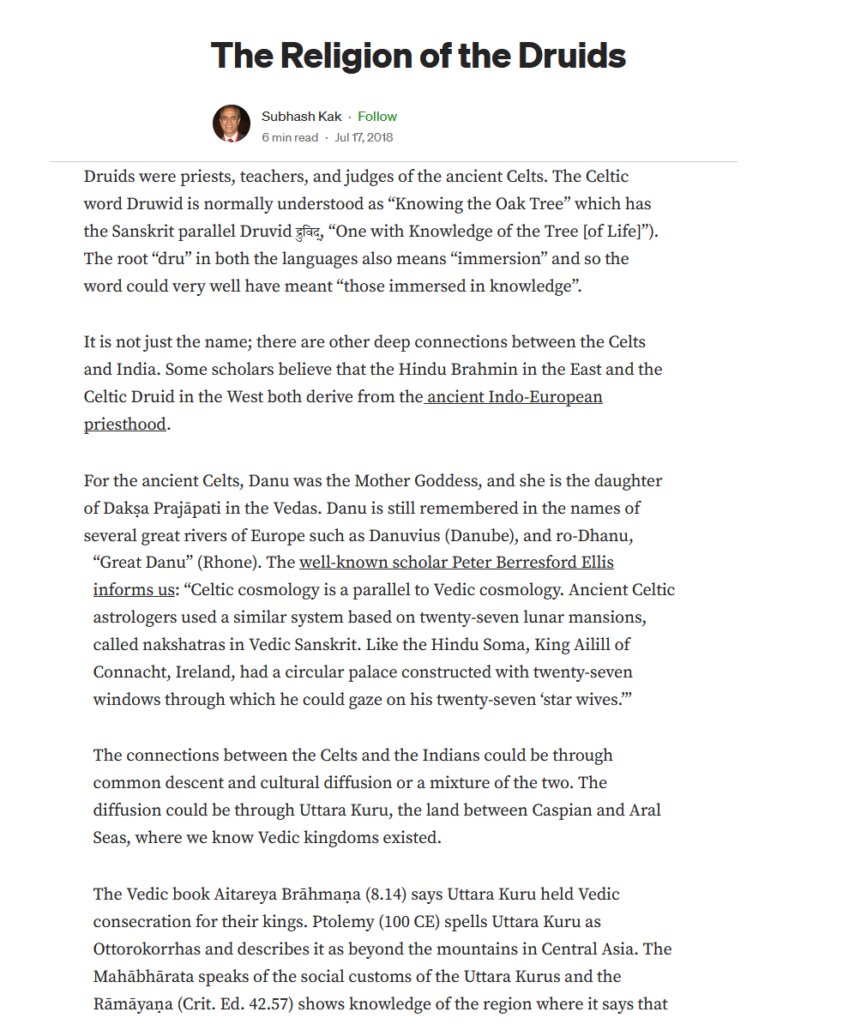
This research also showed that what was the reason that the churches there continued to persecute the Romani people, then the kings there and even Hitler did not say so, Romani were the original inhabitants there and their culture was Vedic, which was first adopted by the Pope. Then the kings and maharajas wiped them out and today they made them a nomadic tribe and gave a DNA report by calling them of Indian origin. Their language is similar to Sanskrit. Was this the reason why the Romani people were pressurized to adopt Islam during the rise of the Ottoman Empire of Turkey and After the arrival of Christianity, their civilization was wiped out…just think, someone killed five lakh Romani people, someone killed two lakh, were there millions of people who migrated from here?

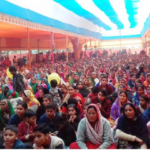



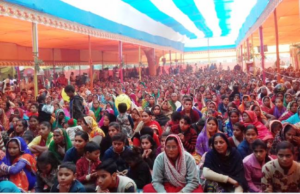
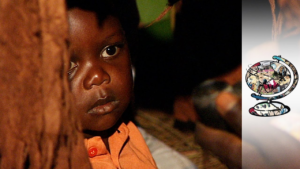
More Stories
Who is the real king of Middle East Gulf countries?
Hyderabad Movement when Arya Samajis came out against Nizam
How are shrines and mosques growing in the lap of the Himalayas.